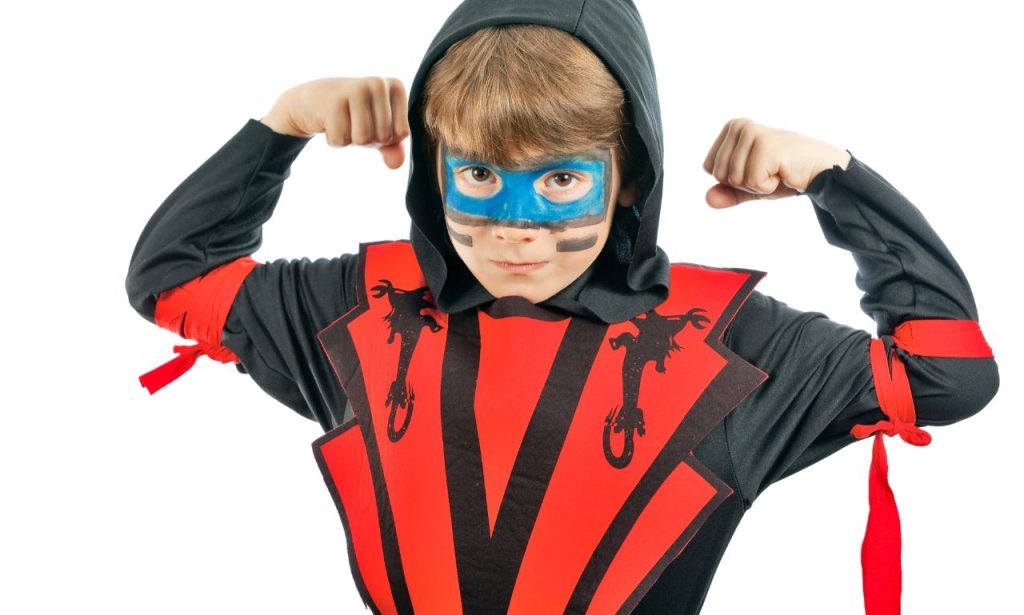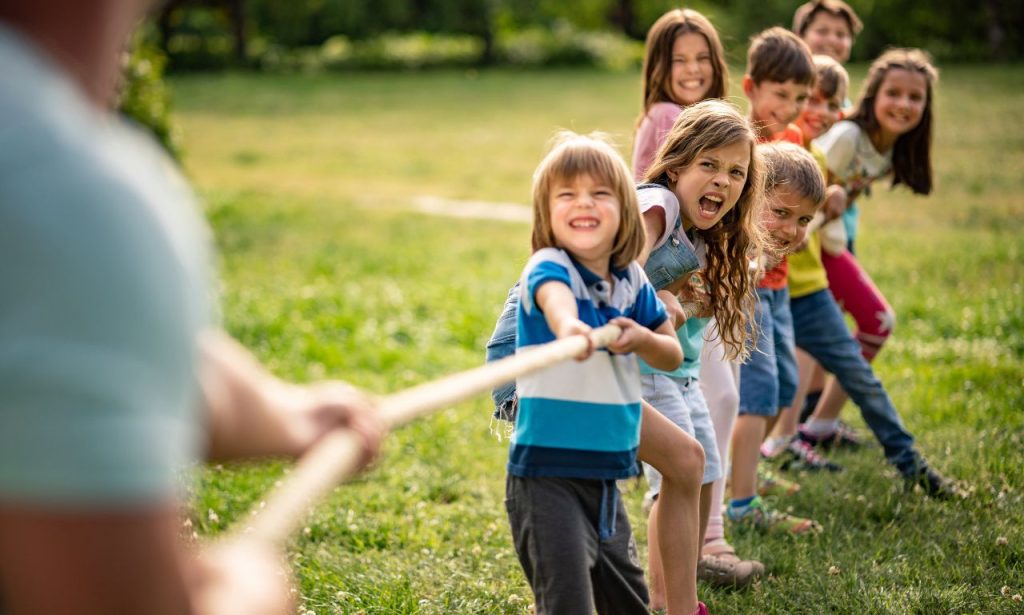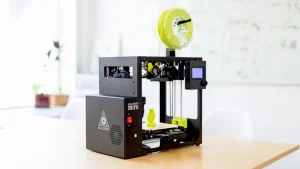Physical education (PE) isn’t just about fitness and learning sports skills. It’s also a prime opportunity to build teamwork, foster camaraderie, and develop social skills among students. Traditional PE might focus on individual or competitive activities, but incorporating team building exercises can offer a refreshing and vital change. Team building activities for physical education provide an engaging way to teach students the importance of collaboration, trust, and communication. This article delves into innovative and effective team building activities designed for PE classes, explaining how to play each one, and highlighting their benefits.
What is Physical Team Building?
Physical team building involves activities that require individuals to work together towards a common goal through physical engagement. These activities are designed to improve relationships, enhance communication, and build trust among participants. Unlike traditional team sports, physical team building exercises are often non-competitive and focus on cooperation rather than winning. They can range from simple games to more complex challenges that require strategic thinking and coordination.
Must Try Physical Team Building Activities
1. Ninja Workout

The Ninja Workout is an exhilarating activity that combines physical agility with strategic teamwork. Participants must navigate through a series of obstacles, mimicking the movements of a ninja. This game can be tailored to various skill levels and is perfect for building physical fitness and team cohesion.
How to Play:
- Setup: Arrange obstacles such as cones, ropes, balance beams, and hoops in a designated area.
- Teams: Divide the class into small teams of 4-6 members.
- Objective: Each team must complete the obstacle course as quickly as possible without touching the ground (or ‘danger zones’).
- Rules:
- Only one team member can move at a time.
- Team members must strategize and communicate to successfully navigate the course.
- Scoring: The fastest team to complete the course wins, but emphasize the importance of teamwork and safety over speed.
Benefits:
- Enhances agility and coordination.
- Builds trust and communication skills.
- Encourages creative problem-solving.
2. Combat Archery Tag
Combining the thrill of archery with the excitement of tag, Combat Archery Tag is a high-energy game that fosters teamwork, strategic planning, and sportsmanship. Players use foam-tipped arrows and bows to “tag” opponents, making it a safe yet exciting activity.
How to Play:
- Setup: Create a play area with barriers for cover and mark boundaries.
- Teams: Split participants into two equal teams.
- Objective: Eliminate all members of the opposing team by tagging them with arrows.
- Rules:
- Players must always wear safety gear (masks and arm guards).
- Tagged players are out and must leave the play area.
- Teams can strategize to protect their members and eliminate opponents.
- Scoring: The last team standing wins, or the team with the most players remaining when time runs out.
Benefits:
- Promotes physical fitness and coordination.
- Encourages teamwork and strategic thinking.
- Provides a fun and safe outlet for competitive energy.
3. Human Knot
A classic team-building exercise, the Human Knot encourages participants to work closely together to solve a physical puzzle. It’s perfect for breaking the ice and fostering a sense of unity.
How to Play:
- Setup: Have participants stand in a circle, shoulder-to-shoulder.
- Teams: This game works best with groups of 8-12 people.
- Objective: Untangle the human knot without letting go of each other’s hands.
- Rules:
- Participants must grab the hands of two different people across the circle.
- Without letting go, they must work together to untangle themselves into a circle.
- Scoring: There is no official scoring; success is achieved when the group forms a circle without breaking the chain.
Benefits:
- Enhances communication and problem-solving skills.
- Builds patience and cooperation.
- Strengthens group cohesion and trust.
4. GPS Treasure Hunt
Integrating technology with physical activity, a GPS Treasure Hunt involves teams using GPS devices or smartphones to locate hidden treasures. This activity combines physical exercise with cognitive challenges, making it suitable for older students.
How to Play:
- Setup: Hide several items or “treasures” around a large, outdoor area and record their GPS coordinates.
- Teams: Divide the class into small teams.
- Objective: Teams must locate as many treasures as possible within a set time frame using GPS devices.
- Rules:
- Each team receives a list of coordinates and clues.
- Teams must strategize the best routes to find the treasures.
- Scoring: The team that finds the most treasures within the time limit wins.
Benefits:
- Promotes physical activity and spatial awareness.
- Encourages teamwork and strategic planning.
- Integrates technology in an educational and engaging way.
5. Four-Way Tug-of-War

A twist on the traditional tug-of-war, the four-way version involves four teams pulling against each other simultaneously. This game tests strength, strategy, and teamwork.
How to Play:
- Setup: Arrange four ropes in a cross pattern, with a marker in the center.
- Teams: Form four teams of equal size and strength.
- Objective: Each team must pull the rope to drag the marker past their designated boundary.
- Rules:
- Teams must pull at the signal and cannot cross the boundaries.
- Strategy and coordination are crucial to overpower the other teams.
- Scoring: The team that first pulls the marker past their boundary wins.
Benefits:
- Strengthens physical fitness and coordination.
- Encourages strategic thinking and teamwork.
- Builds competitive spirit in a controlled environment.
6. Yes, No, Stand Up
This simple yet engaging game is perfect for enhancing communication and listening skills. It involves participants responding to specific prompts with physical actions, promoting quick thinking and coordination.
How to Play:
- Setup: Arrange participants in a circle, seated.
- Teams: This game can be played with the entire class or in smaller groups.
- Objective: Respond correctly to prompts (e.g., stand up if you agree, remain seated if you disagree).
- Rules:
- The facilitator gives statements, and participants react by standing or sitting.
- Incorrect responses lead to elimination.
- Scoring: The last participant remaining wins.
Benefits:
- Enhances listening and quick decision-making skills.
- Promotes engagement and active participation.
- Can be used as a warm-up or cool-down activity.
7. Elbow Pass
The Elbow Pass game is a fun and dynamic activity that encourages physical coordination and teamwork. Participants must pass an object using only their elbows, promoting cooperation and dexterity.
How to Play:
- Setup: Arrange participants in a single line or circle.
- Teams: Divide the class into small teams.
- Objective: Pass an object (e.g., a ball) down the line using only elbows.
- Rules:
- No hands allowed; only elbows can touch the object.
- If the object is dropped, it must start over at the beginning.
- Scoring: The fastest team to pass the object to the end wins.
Benefits:
- Improves physical coordination and dexterity.
- Encourages teamwork and communication.
- Provides a light-hearted and enjoyable challenge.
Conclusion
Incorporating team building activities into physical education programs can transform the way students interact, learn, and grow together. These activities not only enhance physical fitness but also foster crucial life skills such as communication, cooperation, and problem-solving. By integrating games like the Ninja Workout, Combat Archery Tag, and GPS Treasure Hunt, educators can create a dynamic and inclusive environment that supports holistic student development.
ALSO READ: Social Awareness Activities for Students
FAQs
Most of the activities mentioned can be adapted for various age groups, from elementary to high school students. Adjust the difficulty level and complexity based on the participants’ age and abilities.
Safety is paramount. Ensure that all equipment is in good condition, provide proper instructions, supervise activities closely, and enforce safety rules such as wearing appropriate gear for Combat Archery Tag.
Many of these activities can be adapted for indoor environments with some creativity. For instance, the Ninja Workout can be set up in a gym using mats and cones, and the Human Knot can be played in any spacious room.
These activities promote essential life skills such as teamwork, communication, leadership, and problem-solving. They also help build trust and camaraderie among students, enhancing their social and emotional development.
Most activities can be modified to be inclusive of students with disabilities. For example, the GPS Treasure Hunt can have accessible routes, and the Human Knot can be played with verbal instructions instead of physical touch.




